Discover the 30 most popular tourist attractions in Gaya, Bihar. From the spiritual significance of Mahabodhi Temple and Vishnupad Temple to the historical charm of Barabar Caves and Dungeshwari Cave Temples, explore the cultural heritage and religious fervor of this ancient city. Witness the grandeur of Bodhi Tree, the tree under which Buddha attained enlightenment, and immerse yourself in the peaceful ambiance of Sujata Kuti. Plan your visit to Gaya and experience the divine aura, historical wonders, and religious devotion that make it a sacred destination for travelers.
- Animesh Lochan Chaitya
Animesh Lochan Chaitya is a sacred Buddhist shrine located in Gaya, Bihar. It holds immense religious significance as it is believed to be the spot where Lord Buddha spent one week in meditation, without blinking his eyes. The serene ambiance and spiritual aura of this place attract devotees and tourists seeking solace and introspection.
- Barabar Caves
Barabar Caves are ancient rock-cut caves located near Gaya. These caves date back to the Mauryan Empire and are renowned for their intricate architectural designs and historical significance. Visitors can explore the caves, marvel at the craftsmanship, and learn about the rich cultural heritage associated with them.
- Bhramajuni Hill
Bhramajuni Hill, situated in Gaya, is considered a sacred site in Hindu mythology. According to legends, it is believed to be the spot where Lord Vishnu manifested in the form of a tortoise. The hill offers panoramic views of the surrounding landscapes, and visitors can engage in meditation or simply enjoy the tranquil atmosphere.
- Bhramayoni Cave
Bhramayoni Cave, also known as Brahmayoni Mandap, is a natural cave formation located near Gaya. It holds religious significance as it is believed to be the birthplace of Hindu deity Lord Vishnu. Devotees and tourists visit this cave to pay their respects and seek blessings.
- Bodhi Tree
The Bodhi Tree in Gaya holds great religious significance for Buddhists around the world. It is believed to be the tree under which Lord Buddha attained enlightenment. The tree stands in the premises of the Mahabodhi Temple and is a symbol of spiritual awakening and tranquility. Visitors can meditate under the tree and soak in the sacred atmosphere.
- Brahmayoni Hill
Brahmayoni Hill, located in Gaya, is a prominent religious site associated with Hindu mythology. It is believed to be the spot where Lord Brahma performed a yajna (sacred ritual). The hill offers panoramic views of the surrounding landscape, and visitors can witness the ancient temples and engage in spiritual contemplation.
- Brahmayoni Temple
Brahmayoni Temple, situated atop Brahmayoni Hill in Gaya, is a popular Hindu pilgrimage site. Devotees visit this temple to seek blessings and offer prayers to Lord Brahma. The temple’s architecture and serene surroundings make it a peaceful place for spiritual introspection.
- Chhoti Pahari
Chhoti Pahari is a small hill located in Gaya, known for its scenic beauty and panoramic views of the city. Visitors can trek to the top of the hill and enjoy the breathtaking vistas. It is a popular spot for picnics, nature walks, and photography enthusiasts.
- Chinese Temple
The Chinese Temple in Gaya is a beautiful Buddhist temple known for its vibrant architecture and intricate artwork. It showcases a blend of Chinese and Tibetan architectural styles and is adorned with colorful murals and statues. Visitors can experience the serenity of this temple and explore its cultural significance.
- Dharmachakra Stupa
Dharmachakra Stupa, also known as the Dungeshwari Cave Stupa, is a significant Buddhist pilgrimage site in Gaya. It is believed to be the location where Lord Buddha spent six years practicing austerities before attaining enlightenment. The stupa stands as a symbol of the Wheel of Dharma and attracts devotees and tourists seeking spiritual solace.
- Dungeshwari Cave Temples
The Dungeshwari Cave Temples, also called Mahakala Caves, are a series of rock-cut caves situated near Gaya. These caves hold immense spiritual and historical significance as it is believed that Lord Buddha meditated here before moving to Bodh Gaya. The caves offer a serene atmosphere for meditation and introspection.
- Gaya Museum
Gaya Museum is a treasure trove of artifacts and relics that depict the rich cultural heritage of the region. It houses a vast collection of sculptures, paintings, manuscripts, and archaeological finds from various periods. Visitors can explore the museum and gain insights into the history and artistry of Gaya.
- Gaya Pind Daan
Gaya Pind Daan is a Hindu ritual performed in Gaya to pay homage to ancestors and seek their blessings. It is believed that by performing this ritual at the sacred sites of Gaya, one can liberate their ancestors’ souls. Devotees from all over the country come to Gaya to perform this ritual during the auspicious period.
- Japanese Peace Pagoda
The Japanese Peace Pagoda in Gaya is a symbol of peace and harmony. Built by the Japanese Buddhist monk Nichidatsu Fujii, it stands as a reminder of the importance of non-violence and compassion. Visitors can admire the exquisite architecture and enjoy the serene surroundings of the pagoda.
- Kali Mandir
Kali Mandir, situated in Gaya, is a revered Hindu temple dedicated to Goddess Kali. Devotees flock to this temple to seek blessings and offer prayers. The temple’s vibrant ambiance and religious fervor make it a significant spiritual destination.
- Kundan Bazaar
Kundan Bazaar is a bustling market in Gaya known for its vibrant atmosphere and a wide range of local handicrafts and souvenirs. Visitors can explore the market, shop for traditional items, and experience the local culture and flavors of Gaya.
- Mahabodhi Temple
The Mahabodhi Temple, a UNESCO World Heritage Site, is one of the most sacred Buddhist pilgrimage sites in Gaya. It marks the spot where Lord Buddha attained enlightenment under the Bodhi Tree. The temple’s architecture showcases a blend of ancient Indian and Buddhist styles, and its tranquil ambiance attracts devotees and tourists from around the world.
These attractions in Gaya offer a unique blend of spirituality, history, and natural beauty. Visitors can immerse themselves in the rich cultural heritage, witness stunning landscapes, and experience the serenity of these sacred sites.
- Mangla Gauri Temple
Mangla Gauri Temple is a revered Hindu temple located in Gaya. It is dedicated to Goddess Mangla Gauri, an incarnation of Goddess Parvati. The temple holds religious significance, and it is believed that offering prayers here fulfills devotees’ wishes for marital bliss and prosperity.
- Mangla Gauri Vihar
Mangla Gauri Vihar is a serene park situated in Gaya, known for its beautiful gardens and peaceful atmosphere. Visitors can take a leisurely stroll, enjoy the lush greenery, and relax in the tranquil surroundings. The park provides an ideal spot for nature lovers and those seeking moments of tranquility.
- Muchalinda Lake
Muchalinda Lake is a picturesque water body located near the Mahabodhi Temple in Gaya. According to Buddhist mythology, it is believed that Lord Buddha meditated near this lake, protected by the hooded serpent king, Muchalinda. The lake offers a serene setting for contemplation and photography.
- Pretshila Hill
Pretshila Hill, also known as Pretshila Pahad, is a sacred hill located in Gaya. It is associated with ancestral rituals and is believed to be a place where departed souls reside. Devotees come here to perform rituals and seek blessings for the peace and well-being of their ancestors.
- Rajayatna Tree
Rajayatna Tree is a revered tree located near the Vishnupad Temple in Gaya. It is believed to be the spot where Lord Rama performed a yajna (sacred ritual) during the exile period of the Hindu epic Ramayana. Devotees visit this tree to offer prayers and seek blessings.

- Ramkund
Ramkund is a sacred water tank located near the Vishnupad Temple in Gaya. According to Hindu mythology, it is believed to be the spot where Lord Rama’s footprints are imprinted in a rock. Devotees take a dip in the holy water of Ramkund, considering it auspicious and purifying.
- Ramshila Hill
Ramshila Hill is a significant pilgrimage site located near the Vishnupad Temple in Gaya. It is believed to be the spot where Lord Rama’s footprints are imprinted on a rock. Devotees visit this hill to pay their respects and seek blessings.
- Ratnagiri Hill
Ratnagiri Hill, also known as Ratnagiri Mahavihara, is a Buddhist archaeological site near Gaya. It houses ancient monastic ruins, stupas, and sculptures dating back to the Gupta period. Visitors can explore the site, admire the artistic relics, and gain insights into the rich Buddhist history of the region.
- Surya Kund
Surya Kund is a sacred pond located near the Vishnupad Temple in Gaya. It is believed to be the spot where Lord Rama’s father, King Dasharatha, performed rituals to seek blessings from the Sun God, Surya. Devotees take a dip in the holy waters of Surya Kund, considering it spiritually rejuvenating.
- Thai Monastery
The Thai Monastery in Gaya is a beautiful Buddhist monastery known for its exquisite architecture and tranquil surroundings. It showcases traditional Thai craftsmanship and houses a large statue of Lord Buddha. Visitors can experience the serene ambiance, participate in meditation sessions, and learn about Thai Buddhism.

- Tibetan Monastery
The Tibetan Monastery in Gaya is a peaceful retreat for Tibetan Buddhist practitioners and visitors seeking spiritual solace. It features traditional Tibetan architecture, prayer halls, and colorful murals depicting Buddhist deities. The monastery offers a serene environment for meditation and spiritual reflection.
- Tibetan Refugee Market
The Tibetan Refugee Market in Gaya is a vibrant marketplace where visitors can explore a variety of Tibetan handicrafts, textiles, jewelry, and souvenirs. It provides an opportunity to support the local Tibetan community and purchase unique items reflecting their rich cultural heritage.
- Vishnupad Temple
Vishnupad Temple is a renowned Hindu temple dedicated to Lord Vishnu located in Gaya. It is believed to be the spot where Lord Vishnu’s footprint is imprinted on a sacred rock. Devotees visit the temple to offer prayers and seek blessings. The temple’s architecture and religious significance make it a must-visit destination for spiritual seekers.
Conclusion || Gaya
In conclusion, Gaya offers a fascinating blend of spirituality, history, and cultural richness. The Mahabodhi Temple, a UNESCO World Heritage site, holds immense significance as the place where Lord Buddha attained enlightenment. The Vishnupad Temple, dedicated to Lord Vishnu, is a major pilgrimage site and attracts devotees from far and wide. The Barabar Caves, with their ancient rock-cut architecture, offer a glimpse into the region’s rich history. The Dungeshwari Cave Temples, associated with Lord Buddha’s spiritual practices, provide a serene retreat for seekers of peace. The Bodhi Tree, believed to be a descendant of the original tree under which Buddha attained enlightenment, stands as a symbol of spiritual awakening. The Sujata Kuti, named after the young girl who offered food to Buddha, radiates a tranquil ambiance. Don’t miss exploring the fascinating ruins of the ancient city of Nalanda, a UNESCO World Heritage site, located near Gaya. Plan your visit to Gaya and immerse yourself in the spiritual aura, historical marvels, and cultural treasures that make it a sacred destination for travelers.
What is the best time to visit Gaya?
The best time to visit Gaya is during the winter months, from October to March, when the weather is pleasant and suitable for outdoor activities and sightseeing. The temperatures are moderate, making it an ideal time to explore the city’s attractions. It is advisable to avoid the summer months as they can be hot and humid.
How can I reach Gaya?
Gaya is well-connected by air, rail, and road. The city has its own international airport, Gaya Airport, which is well-connected to major cities in India and abroad. The Gaya Junction railway station is a major railhead and is well-connected to various parts of the country. Additionally, Gaya is well-connected by road, and regular bus services are available from nearby cities.
What are some popular attractions in Gaya?
Gaya offers a range of popular attractions. Some must-visit landmarks include the Mahabodhi Temple, Vishnupad Temple, Barabar Caves, Dungeshwari Cave Temples, Bodhi Tree, and Sujata Kuti. Other attractions include Nalanda, Rajgir, Thai Monastery, and Tibetan Monastery.
Are there any rituals or ceremonies at the Mahabodhi Temple?
Yes, the Mahabodhi Temple hosts various rituals and ceremonies throughout the year. Devotees can participate in meditation sessions, prayer offerings, and circumambulation of the sacred Bodhi Tree. The temple complex also hosts several festivals, including Buddha Purnima, which attracts a large number of visitors.
Are there any accommodations available in Gaya?
Yes, Gaya offers a range of accommodations to suit different preferences and budgets. From budget hotels to guesthouses and luxury resorts, there are options available for visitors. It is advisable to book in advance, especially during peak pilgrimage seasons, to ensure availability.
Book Your Flights : Here 30% OFF on Booking
Book Your Hotels : Here 20% OFF on Booking

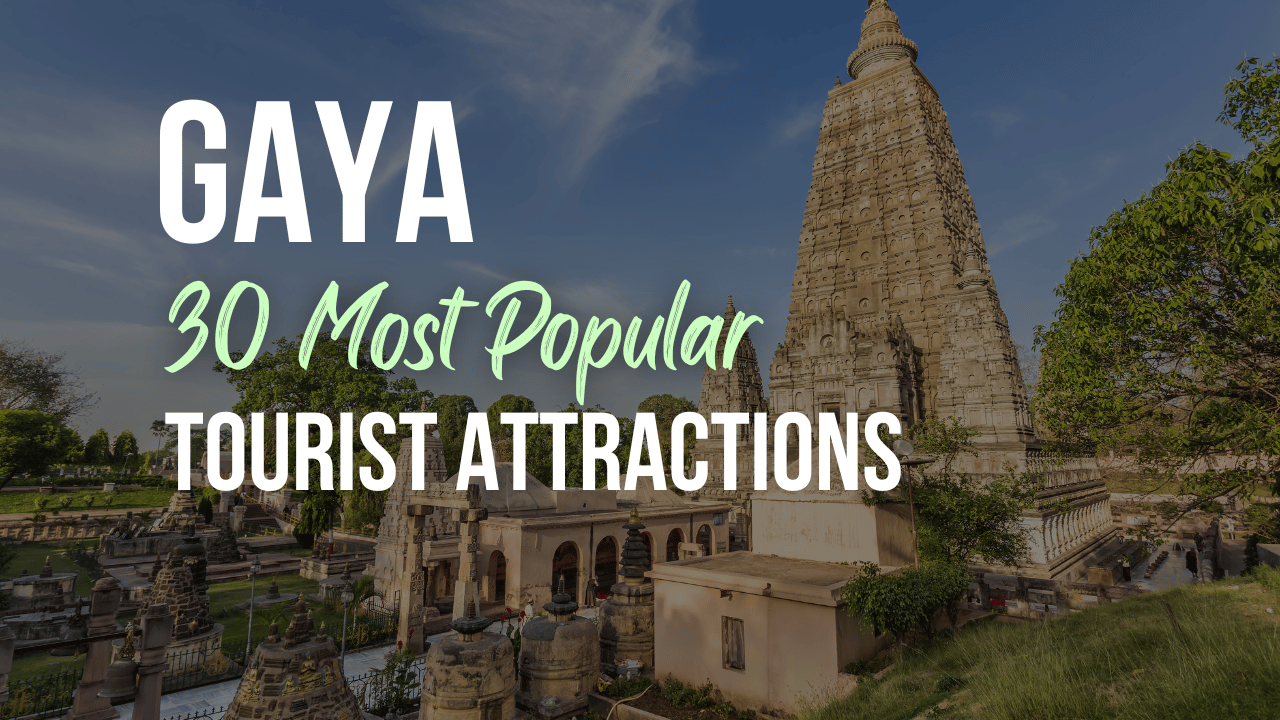

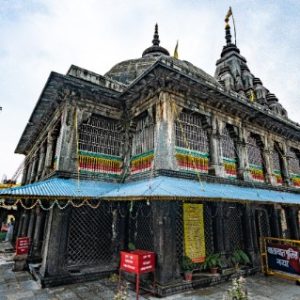

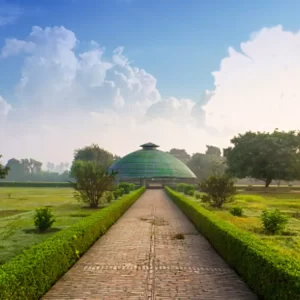


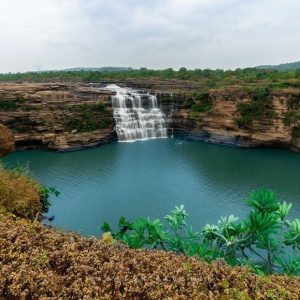
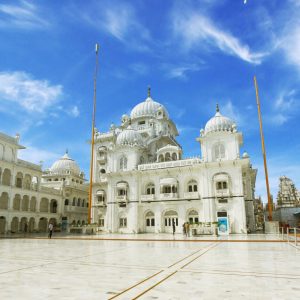


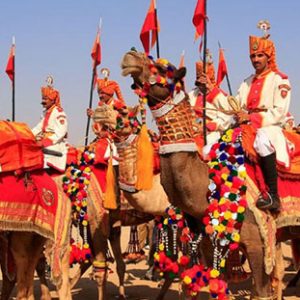




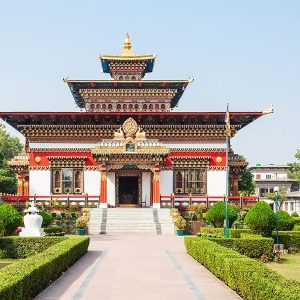
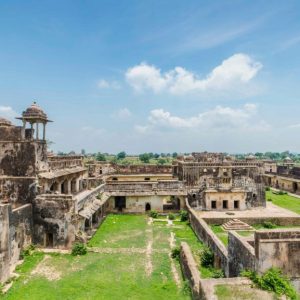
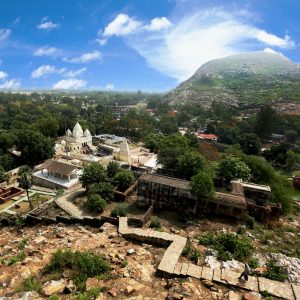


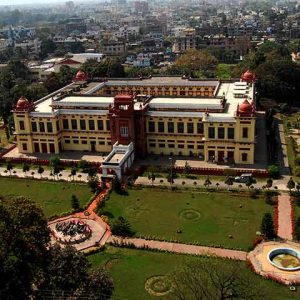
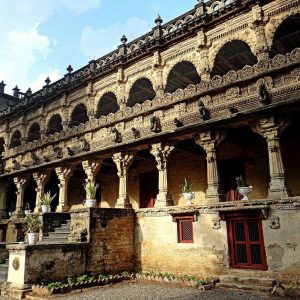



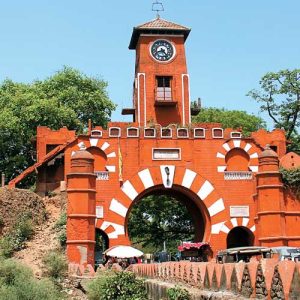
0 Comment